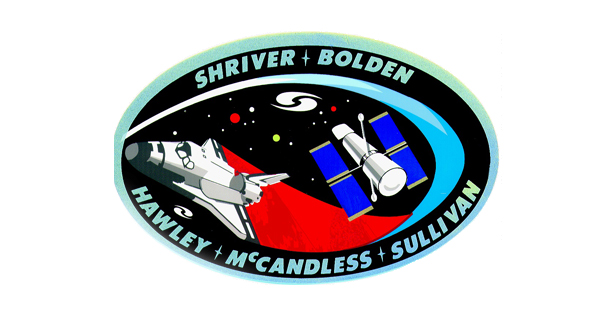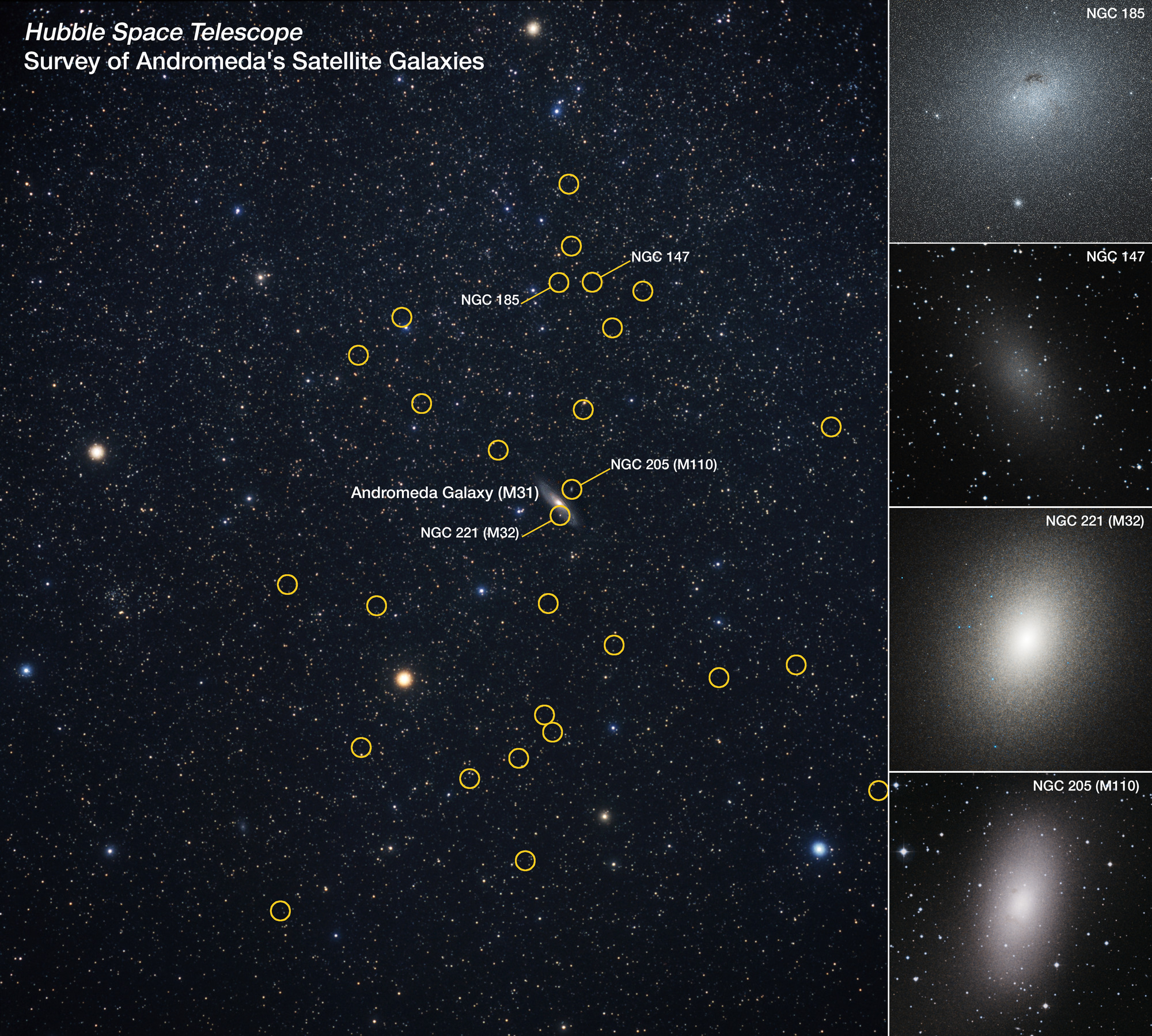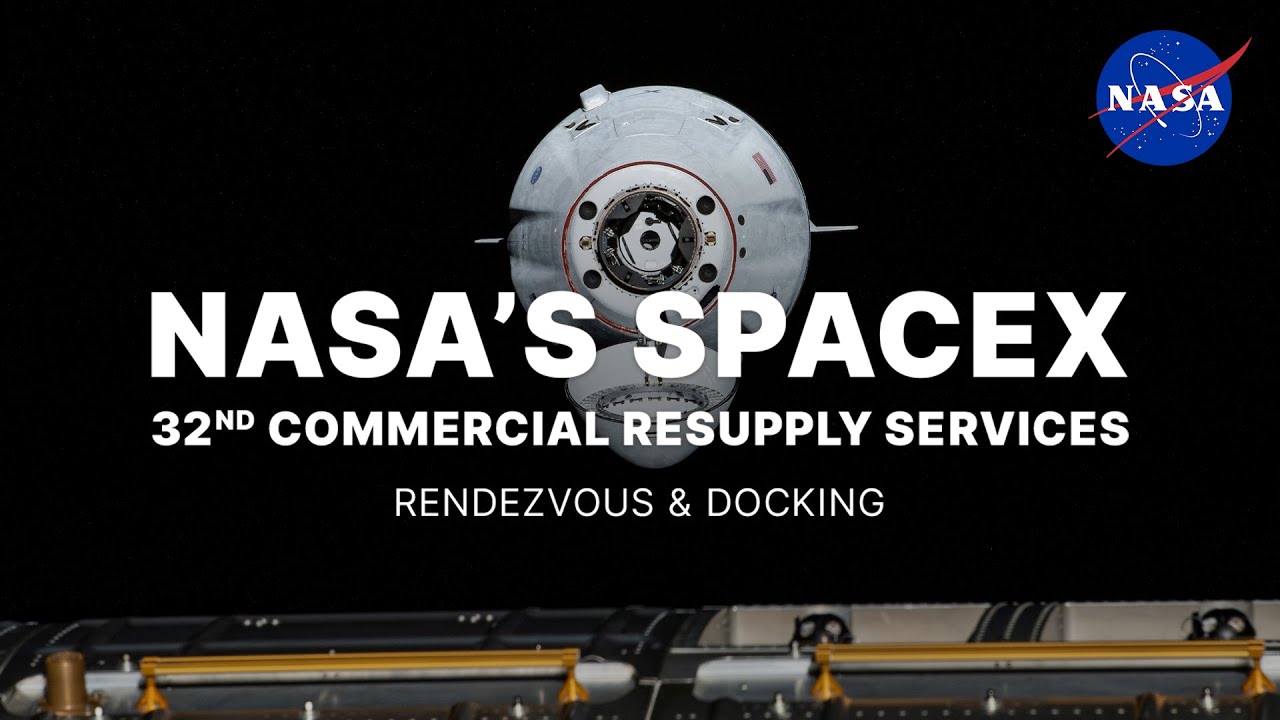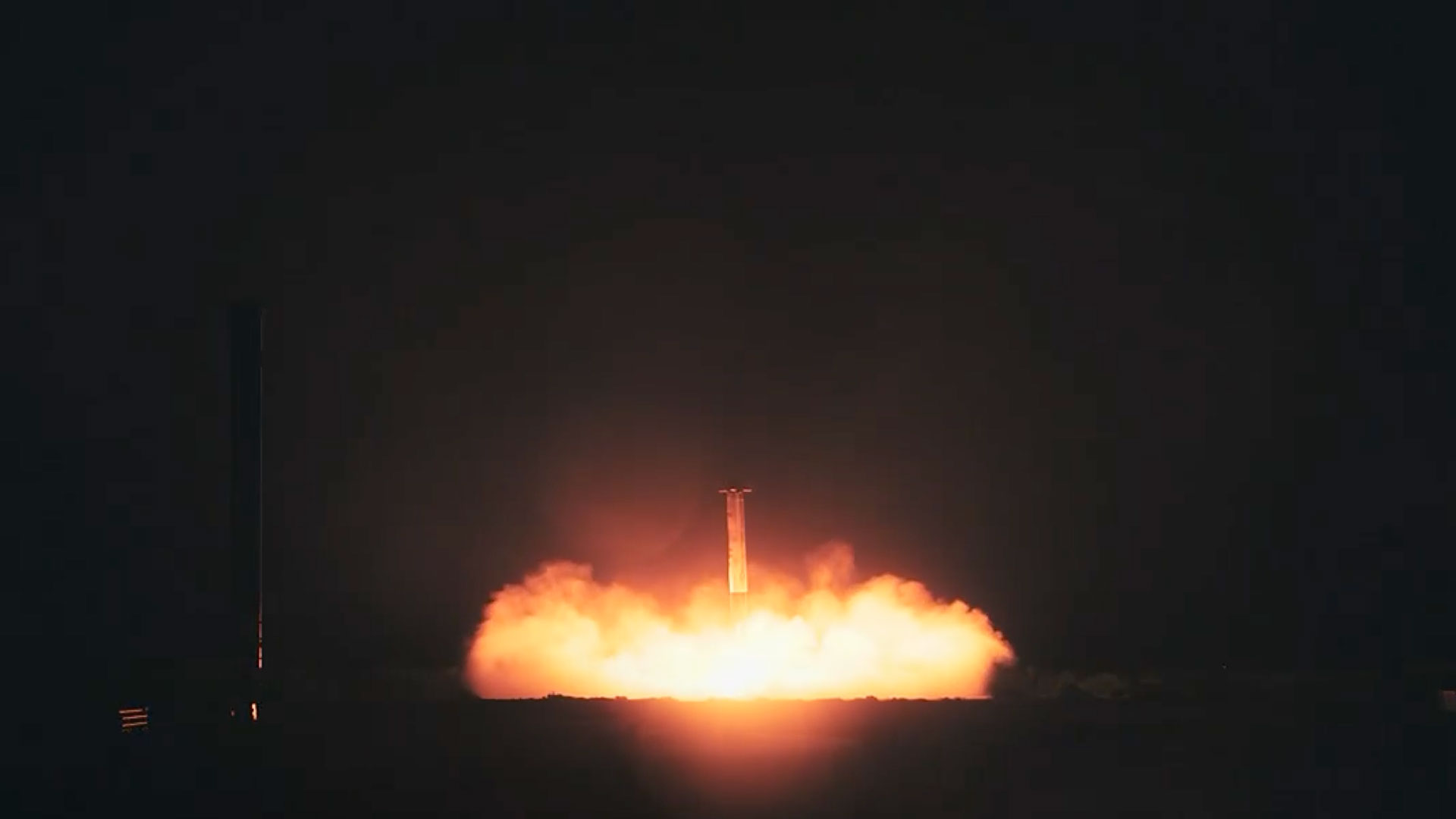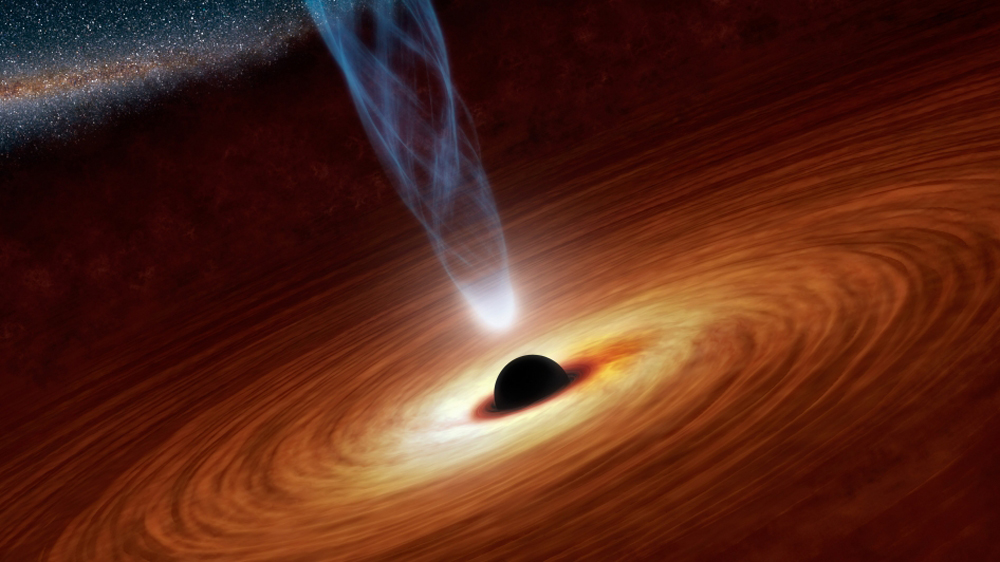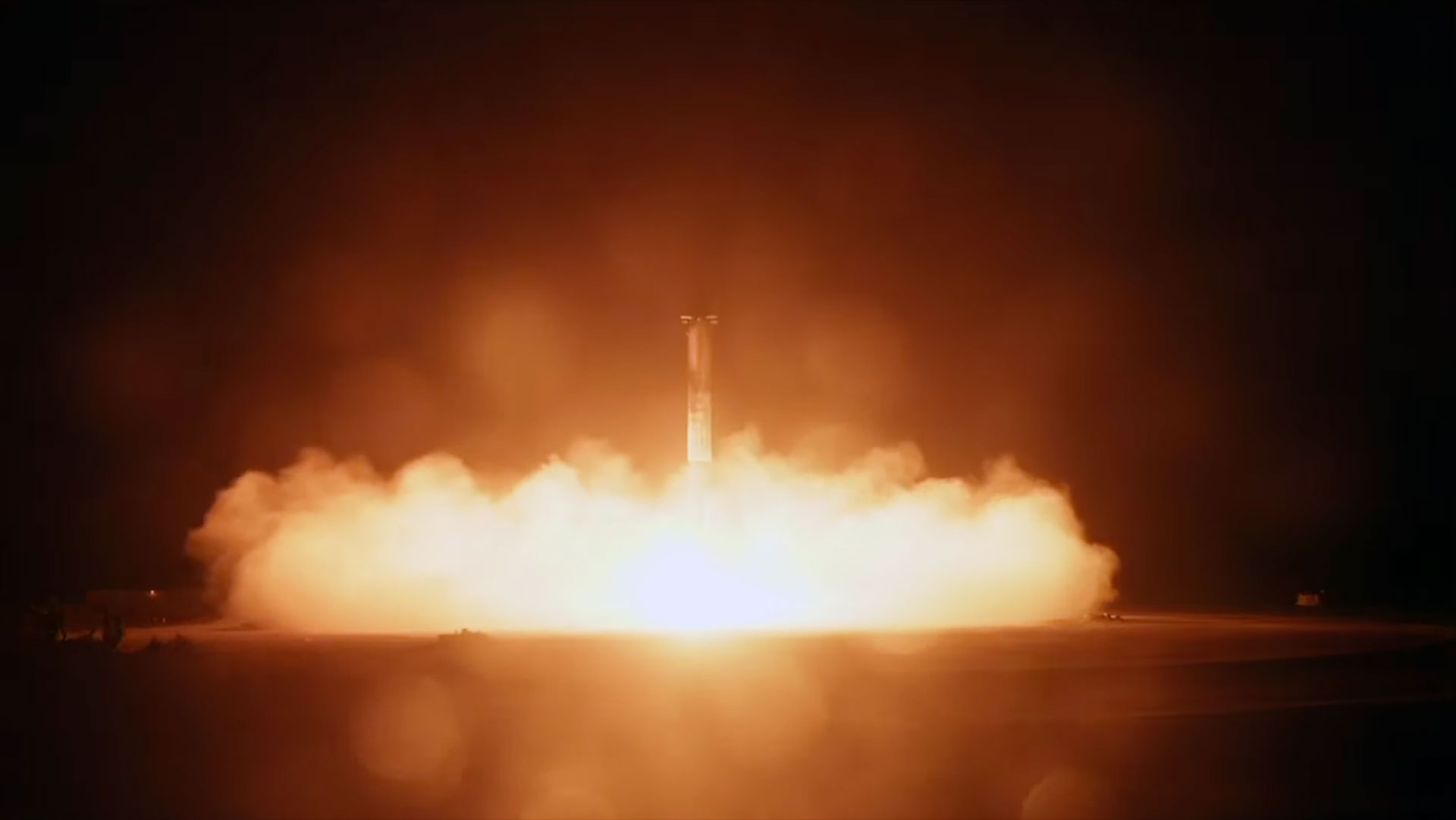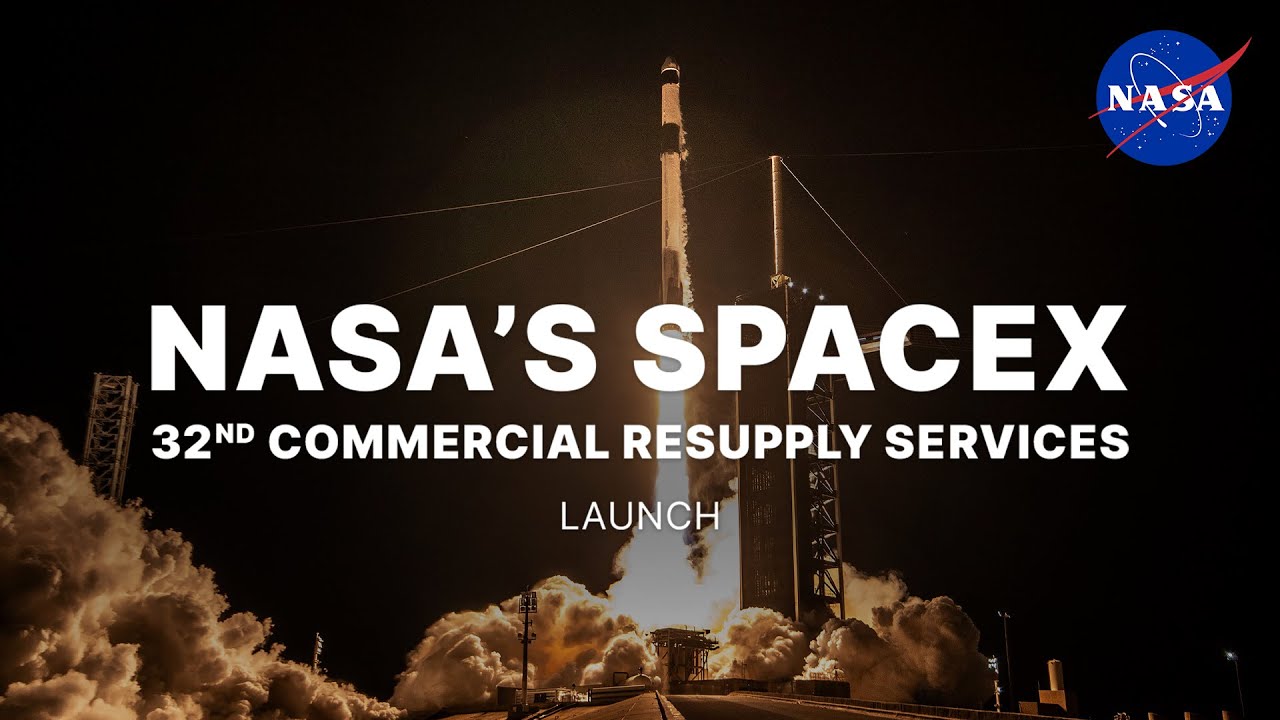The Hubble Space Telescope is a masterwork of engineering and human ingenuity. Hubble is comparable in size and weight to a large school bus, but its contributions to science and astronomy could fill libraries. Not only is Hubble one of Earth’s premium sources for absolutely incredible, out-of-this-world imagery, it is also a testament to human curiosity and determination. The telescope has been in operation for over 30 years, undergone a total of five servicing missions and delivered nearly 250 terabytes of data in contributions to our understanding of the universe.…
Read MoreCategory: Solar System
Our solar system
Happy Earth Day 2025! Write your name in NASA satellite images and celebrate our planet (video)
Happy Earth Day! April 22 is traditionally known as Earth Day, the occasion where we pause as temporary travelers on our ‘blue marble‘ to honor and respect our precious planetary home and its immeasurable beauty, allowing for greater appreciation of this distinctive world’s bounty of resources. This yearly reflective holiday was first founded as Earth Day on April 22, 1970 by Wisconsin Senator Gaylord Nelson, when 20 million Americans united as a concerned force to bring attention to the vital importance of recognizing key environmental issues facing our fragile “third…
Read MoreOur galactic neighbor Andromeda has a bunch of satellite galaxies — and they’re weirdly pointing at us
Our neighboring Andromeda Galaxy (Messier 31, or M31) appears to sport a lopsided arrangement of satellite galaxies that defy scientific models, stumping astronomers who are also trying to figure out why so many of this galaxy’s family members point in our direction. All but one of M31’s brightest 37 satellites are on the side of the Andromeda spiral that faces our Milky Way galaxy – the odd one out being Messier 110, which is easily visible in amateur images of the Andromeda Galaxy. “M31 is the only system that we…
Read MoreWatch SpaceX Dragon cargo capsule arrive at the ISS today
NASA’s SpaceX 32nd Commercial Resupply Services Rendezvous and Docking – YouTube Watch On A SpaceX Dragon cargo capsule is scheduled to arrive at the International Space Station (ISS) this morning (April 22), and you can watch the orbital rendezvous live. Elon Musk‘s company launched its 32nd robotic resupply mission to the ISS for NASA early Monday morning (April 21), sending a Dragon freighter aloft from Florida’s Space Coast. If all goes according to plan, the Dragon’s off-Earth chase will end this morning around 8:20 a.m. EDT (1220 GMT), when the…
Read MoreSpaceX launches European reentry capsule on ‘Bandwagon-3’ rideshare mission
SpaceX just sent a pioneering European capsule to the final frontier. A Falcon 9 rocket lifted off from Cape Canaveral Space Force Station in Florida today (April 21) at 8:48 p.m. EDT (0048 GMT on April 22), on a rideshare mission that SpaceX calls Bandwagon-3. Among the payloads riding the Falcon 9 is Phoenix 1, a reentry capsule built by German company Atmos Space Cargo. If all goes to plan, Phoenix 1 will come back to Earth soon, splashing down in the Atlantic about 1,200 miles (2,000 kilometers) off the…
Read MoreUltralight dark matter may have helped monstrous black holes form in the early universe
Dark matter may have contributed to the formation of giant black holes in the early universe, researchers propose in a new paper. More observations, especially with the James Webb Space Telescope, are revealing truly gigantic black holes that appeared in the relatively young universe. Just a few hundred million years after the Big Bang, it would appear our cosmos was already home to black holes billions of times more massive than the sun. The only known way to create black holes is through the deaths of massive stars, but that…
Read MoreSpaceX launches its 32nd Dragon cargo mission to the ISS for NASA
SpaceX launched its 32nd cargo mission to the International Space Station (ISS) early Monday morning (April 21), carrying more than 3 tons of supplies and scientific hardware to the orbiting laboratory for NASA. A Falcon 9 rocket carrying the uncrewed Cargo Dragon spacecraft lifted off Monday at 4:15 a.m. EDT (0815 GMT) from Launch Complex 39A (LC-39A) at NASA’s Kennedy Space Center in Florida. Known as CRS-32 (or SpX-32), the mission is the 12th flight under NASA’s second Commercial Resupply Services contract with SpaceX. The first stage of a SpaceX…
Read MoreSpaceX launching Dragon cargo capsule to ISS early April 21: Watch it live
NASA’s SpaceX 32nd Commercial Resupply Services Launch – YouTube Watch On SpaceX will launch its next robotic resupply mission to the International Space Station (ISS) early Monday morning (April 21), and you can watch the action live. A Falcon 9 rocket topped with an uncrewed Dragon cargo capsule is scheduled to lift off on Monday at 4:15 a.m. EDT (0815 GMT) from the historic Pad 39A at NASA’s Kennedy Space Center in Florida. You can watch the launch live here at Space.com, courtesy of NASA, or directly via the agency.…
Read MoreNASA’s oldest active astronaut lands with space station crewmates on his 70th birthday
NASA’s oldest active astronaut has redefined traveling “home” for your birthday, landing from the International Space Station on the same day that he turned 70. Don Pettit touched down on Saturday (April 19) with his Soyuz MS-26 crewmates, Aleksey Ovchinin, 53, and Ivan Vagner, 39. The U.S. astronaut and two Russian cosmonauts reached the ground in Kazakhstan at 9:20 p.m. EDT (0120 GMT or 6:20 a.m. local time April 20), seven months after they left Earth aboard the same spacecraft. Pettit was born on April 20, 1955, in Silverton, Oregon,…
Read MoreLunt SunOculars 8×32 solar binoculars review
Specifications Optics: Uncoated internal dye filter Design: Roof prism Magnification: 8x Objective lens diameter: 1.3 inches (32 millimeters) Waterproof/fog-proof: Weatherproof Eye relief: 0.54 inch (13.6 mm) Weight: 1.12 pounds (508 grams) Dimensions: 1.5 x 5.5 x 4.3 inches (40 x 140 x 110 mm) Safe observation of solar eclipses requires care. Enter the Lunt SunOculars 8×32. This compact pair of solar binoculars has built-in permanent solar filters that allow you to observe the partial phases of solar eclipses and study sunspots. Although they don’t offer the highest magnification on the…
Read More